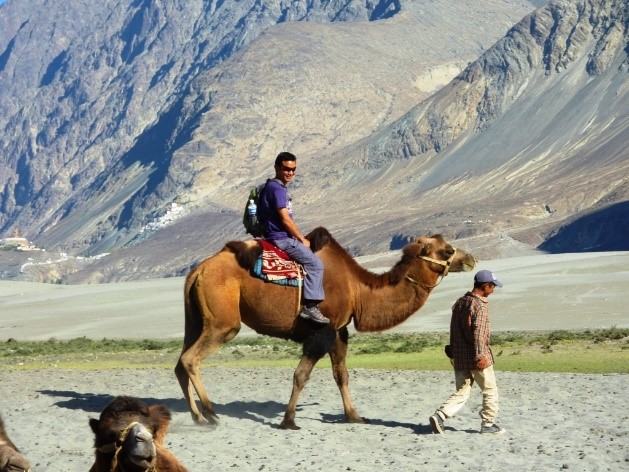Free Courses Sale ends Soon, Get It Now


Free Courses Sale ends Soon, Get It Now



Disclaimer: Copyright infringement not intended.
Context
Bactrian Camel
Bactrian Camels in Ladakh
|
PRACTICE QUESTION Q. Consider the following statements with reference to Bactrian Camel: 1. It has tolerance for cold, drought, and high altitudes. 2. It is the largest mammal in its native range and is the largest living camel. 3. Its body mass can range from 300 to 1,000 kg. Which of the above statements is/are correct? A) 1 and 3 only B) 2 only C) 3 only D) All Answer: D) All |
© 2024 iasgyan. All right reserved